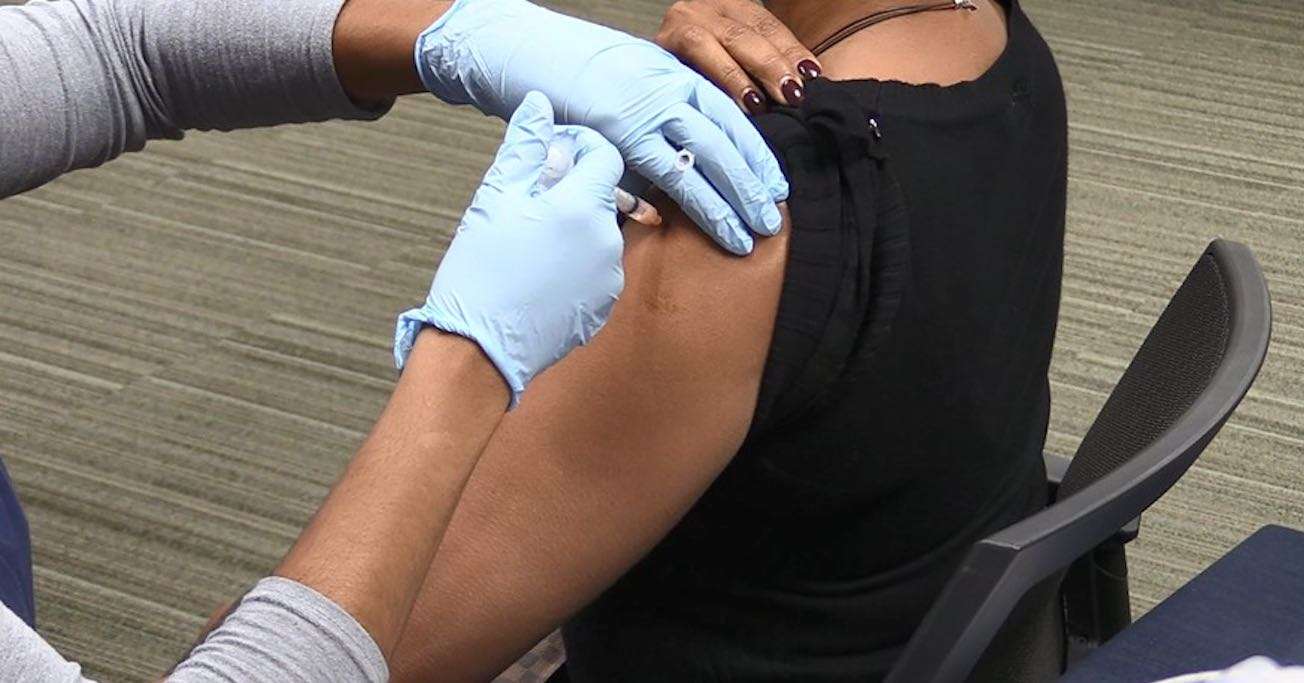New Study Says Infrared Lasers Destroy Harmful Plaques in Alzheimer's Brains
A new study from the Tokyo University of Science shows how infrared lasers can destroy harmful plaques that build up in Alzheimer's brains.

One of the largest studies of its kind looked at data from more than seven million patients and found that a seasonal flu shot cut the risk of heart attacks by up to 85 percent, and halved the number of strokes.
The study of high-risk hospital patients also found that deaths from any cause (all-cause mortality) fell by almost three-quarters among patients over 50 who were vaccinated.
"The results we found are staggering," said lead author Roshni Mandania, a medical candidate at Texas Tech University in Dallas. "It's hard to ignore the positive effect the flu vaccine can have on serious cardiac complications."
"Some people don't view flu vaccinations as necessary or important, and many may face barriers accessing health care, including receiving the flu vaccine."
Being immunized against flu helps prevent chest infections that weaken the immune system, but flu vaccination among high risk groups, such as nursing home residents, is extremely low.
Mandania's team compared 168,325 participants who had been vaccinated, with the vast majority who did not between people over 50 who had heart complications.
Immunized over 50s were 85 and 28 percent less likely to suffer a cardiac arrest or heart attack—caused by electrical and circulatory problems in the organ, respectively.
They also had a 47 percent lower risk of a mini stroke, or TIA (transient ischaemic attack). Overall, mortality rates fell by 73 percent.
The stress flu puts on the body is well known, and can actually cause a heart attack or stroke, explained the researchers.
But as the study was released on July 27 during the American Heart Association's Basic Cardiovascular Sciences (BCVS) 2020 Scientific Sessions held online, participants were told these high risk groups were much less likely to be vaccinated compared to the general population—1.8 versus 15.3 per cent.
Vaccination rates for HIV/AIDS patients, care home residents and the obese was also around two percent, compared to roughly nine percent for others.
Mandania said, "These groups should have the highest vaccination rates because they are the most at risk. However, our findings show the opposite—flu vaccinations are under-utilized."
"As health care providers, we must do everything we can to ensure our most vulnerable populations are protected against the flu and its serious complications."
She used the 2014 National In-patient Sample to assess the rate at which the jab was administered to those considered high risk for flu and its complications.
Dr Eduardo Sanchez, the American Heart Association's chief medical officer for prevention, said, "We have partnered with the American Lung Association and the American Diabetes Association to collectively deliver a message to providers."
"In particular, for patients who have chronic diseases like high blood pressure, diabetes or emphysema, it's critically important to get the annual flu vaccine. The potentially serious complications of the flu are far, far greater for those with chronic diseases."
In the UK, the NHS flu program is preparing to offer flu shots to all over-50s, and those who live with them and children in their first year of secondary school. This will involved about 30 million people, preparing for the annual winter flu season.
Heart and circulatory diseases cause more than a quarter (27 percent) of all deaths in the UK, nearly 170,000 each year. Flu claims around 10,000 lives in the UK annually, although that can rise to over 30,000 in a bad year.
(File photo by Pan American Health Organization, CC license)
SHARE the New Study With Folks Over 50 On Social Media…
Be the first to comment